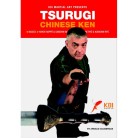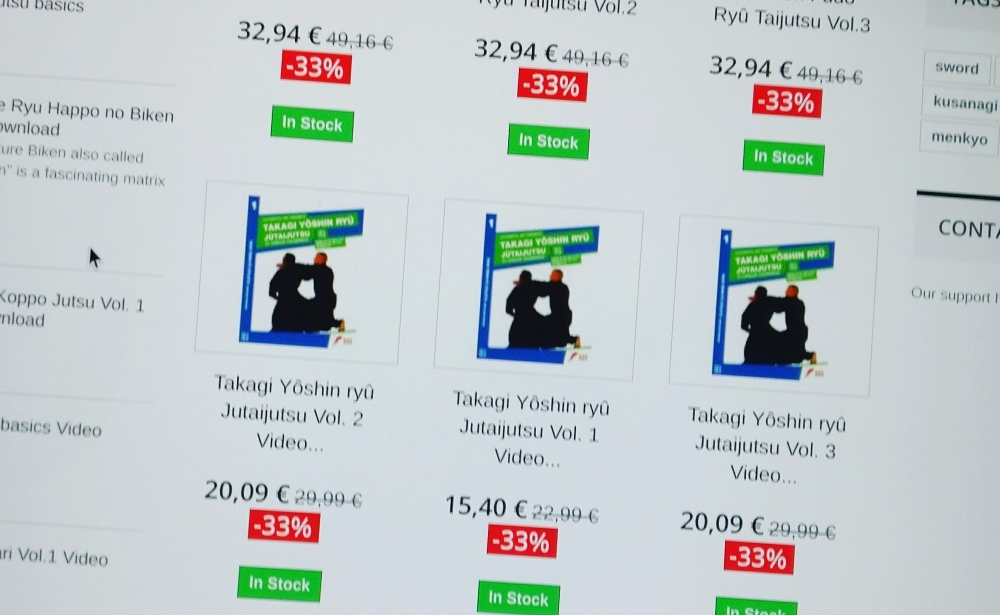Yokeru Janai!
From Shiro Kuma by kumablog
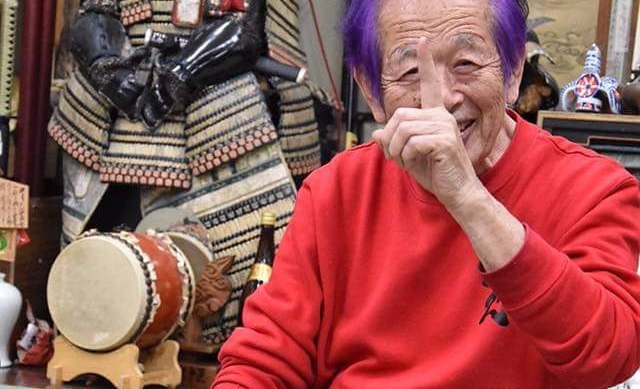
In class, Hatsumi Sōke was speaking of Mutō Dori. In one of his book, he explains the concept of Mutō Dori. The advanced level of Mutō Dori is entirely different from beginner’s level. It is about having the courage to face the opponent even if it means death for us. He added that when Uke attacks, we must “Yokeru Janai”, not avoid the attack. (1) That is a counter-intuitive move, and you have to train a lot to become able to do it.
Anyone facing a threat will try to avoid it. By not avoiding it, you create doubt in the attacker’s mind. And any doubt created is forcing Uke to think. When you think you put yourself out of the realm of “natural movement”.
Often, when we watch the Sakki test, we know before the cut if the receiver will dodge the blade or not. When you can see the examinee thinking, you know that he is going to be hit. But at one point he lets go, and his mind is at peace, the body reacts by itself. When it happens, it is always a beautiful moment to watch.
You should have the same attitude during the fight. Do not think, show no intent, and “play” with the opponent as if his actions are none of your concern. When you reach this level of Mutō Dori, you move in a natural way that Uke cannot understand until it is too late.
Sensei often speaks of Amo Isshun no Tamamushi. (2) This was the case yesterday.
If you trap a bee in your hands but let enough space, it will not sting. To be honest, even if I never tried, I know it works. During the fight, this is the same. You have to give enough space to Uke so that he doesn’t feel threatened by your movements. Your moves must be soft, slow, and not show any strength.
Hide your intent. As Sōke said, “if you don’t know what you are doing next, how do you want Uke to read your actions?
“Mutō Dori, Yokeru Janai, and Amo Isshun no Tamamushi”. That is the new Sanshin of 2017. Develop it to get to your next level of progression.
___________________
1. 避けるじゃない, do not avoid (physical contact with)
2. Amo Isshun no Tamamushi: 中一瞬 の 吉丁虫. 中 amo: centre, inside, during. 一瞬 isshun: one moment. 吉丁虫 tamamushi: jewel beetle
33% OFF at http://www.budomart.com until December 6th
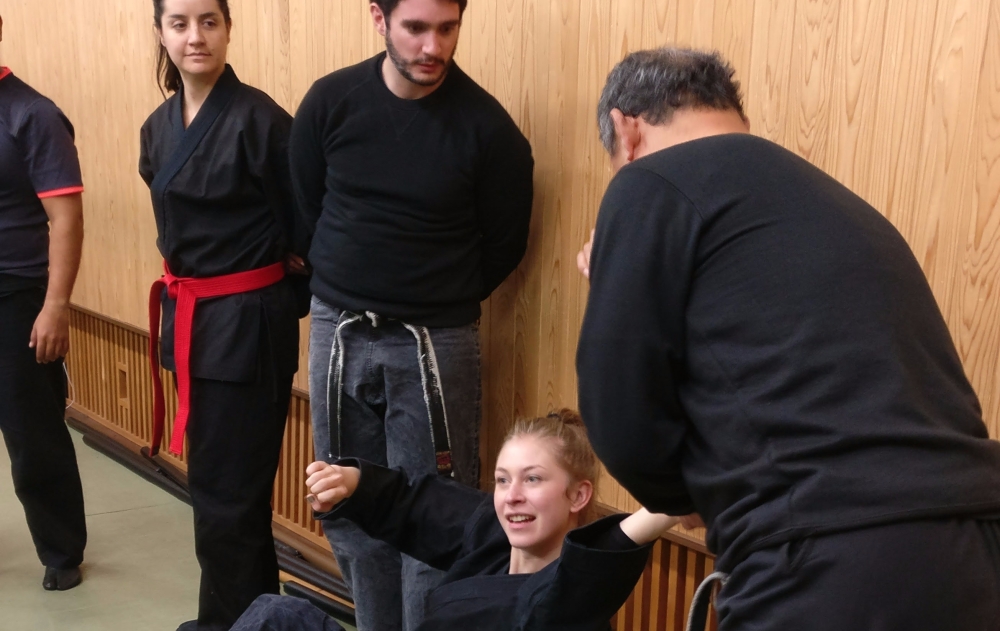 Nagato sensei’s main idea was to remain protected at all time. This is Tōtoku. (1)
Nagato sensei’s main idea was to remain protected at all time. This is Tōtoku. (1) At the end of the class, Nagato sensei answered many questions about training. He shared with us many insights on how training was at the start of the Bujinkan. He said that those discussions were common practice after Sensei’s class.
At the end of the class, Nagato sensei answered many questions about training. He shared with us many insights on how training was at the start of the Bujinkan. He said that those discussions were common practice after Sensei’s class. 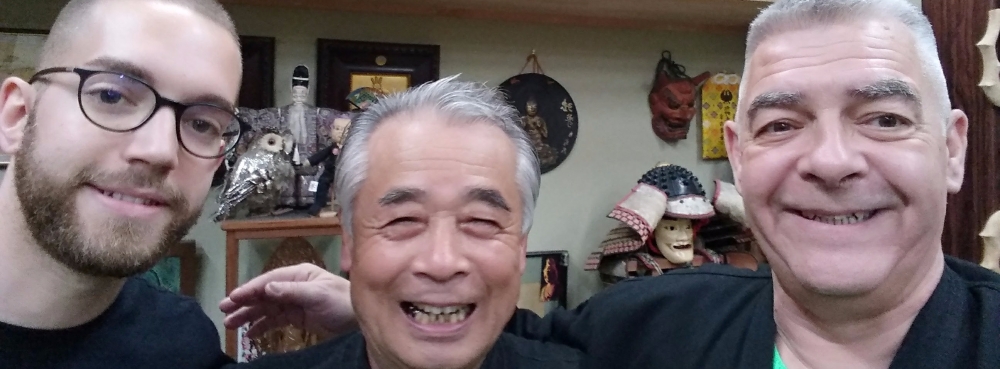 Noguchi has developed his taijutsu like every Japanese Dai Shihan. He has been my “teacher” since 1993. He is impressive and can turn any known Waza into something so different from the original technique.
Noguchi has developed his taijutsu like every Japanese Dai Shihan. He has been my “teacher” since 1993. He is impressive and can turn any known Waza into something so different from the original technique.


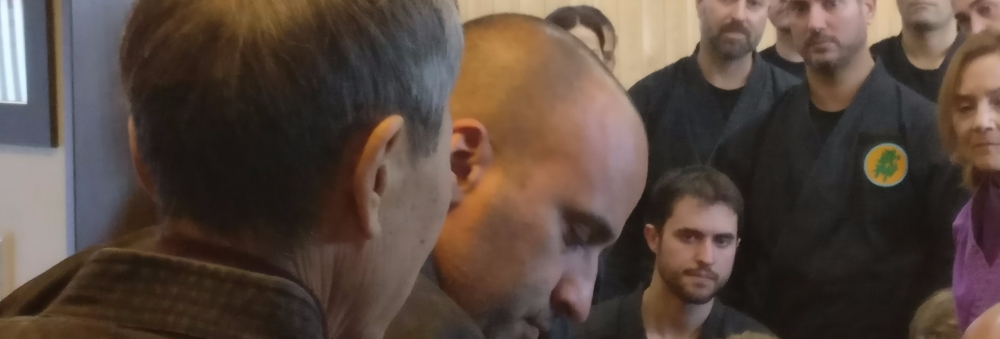 A class with Senō sensei is always a pleasure. First he is a gentleman; second, you get out of it more confused than when you entered. His last two classes were no exception!
A class with Senō sensei is always a pleasure. First he is a gentleman; second, you get out of it more confused than when you entered. His last two classes were no exception!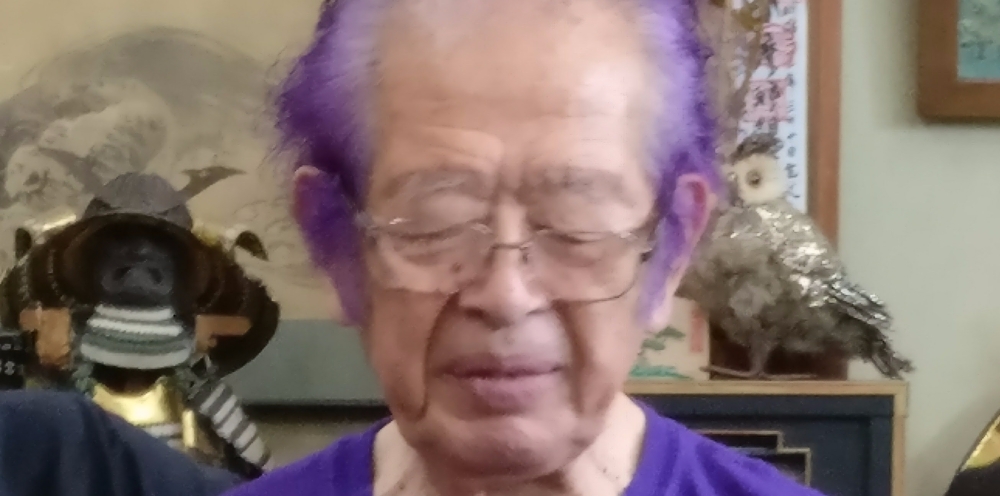 It’s been a long time since I got angry. Today I am.
It’s been a long time since I got angry. Today I am.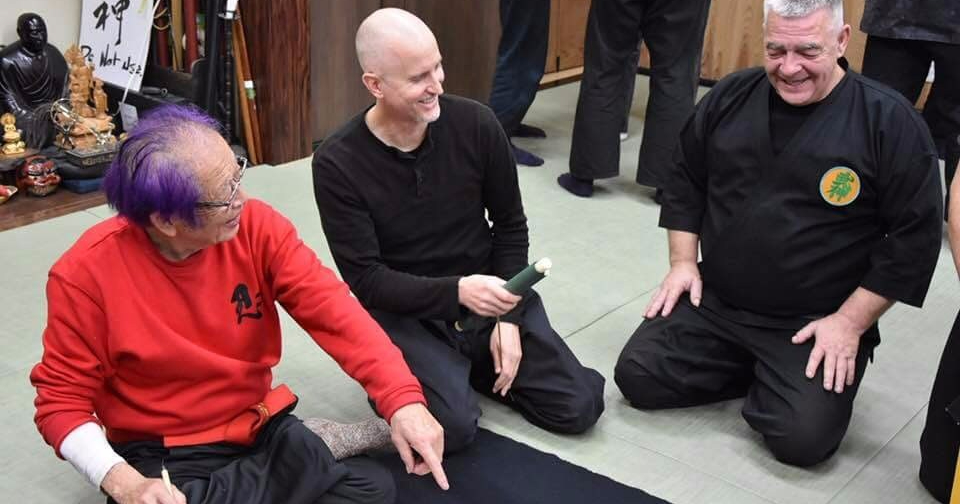 During Friday’s class, I asked Sensei to write: “It is not about fighting, it is about controlling.” What I got was “Chochō Hanami Maai” or “Butterfly, flowers, distance.” (1)
During Friday’s class, I asked Sensei to write: “It is not about fighting, it is about controlling.” What I got was “Chochō Hanami Maai” or “Butterfly, flowers, distance.” (1)
